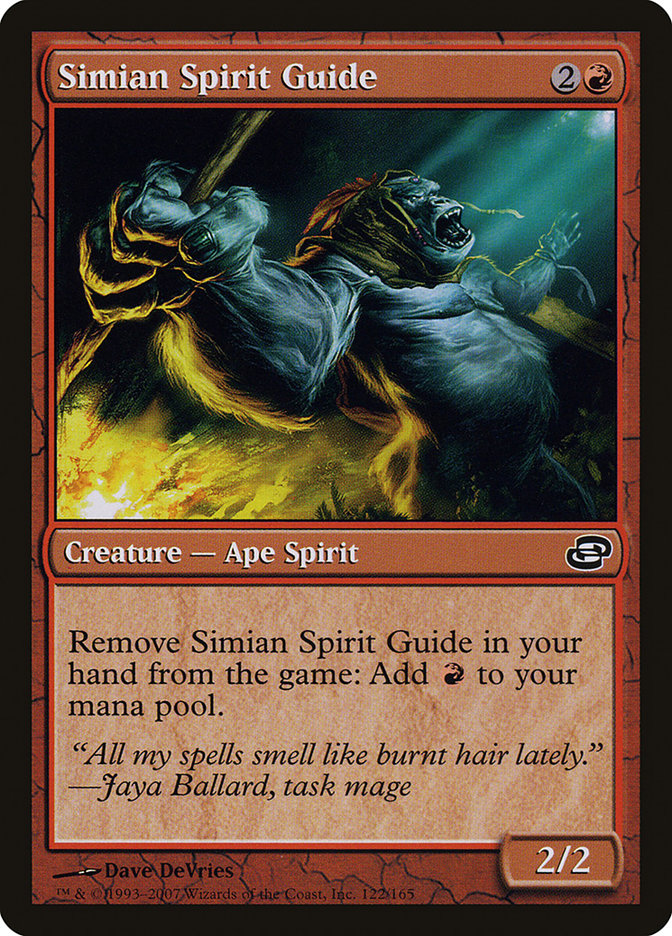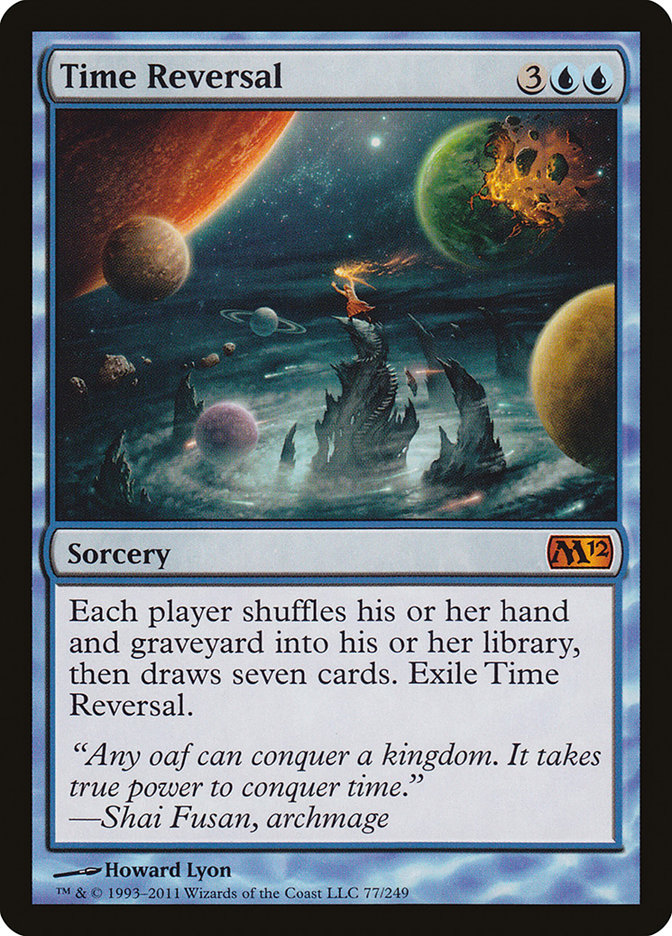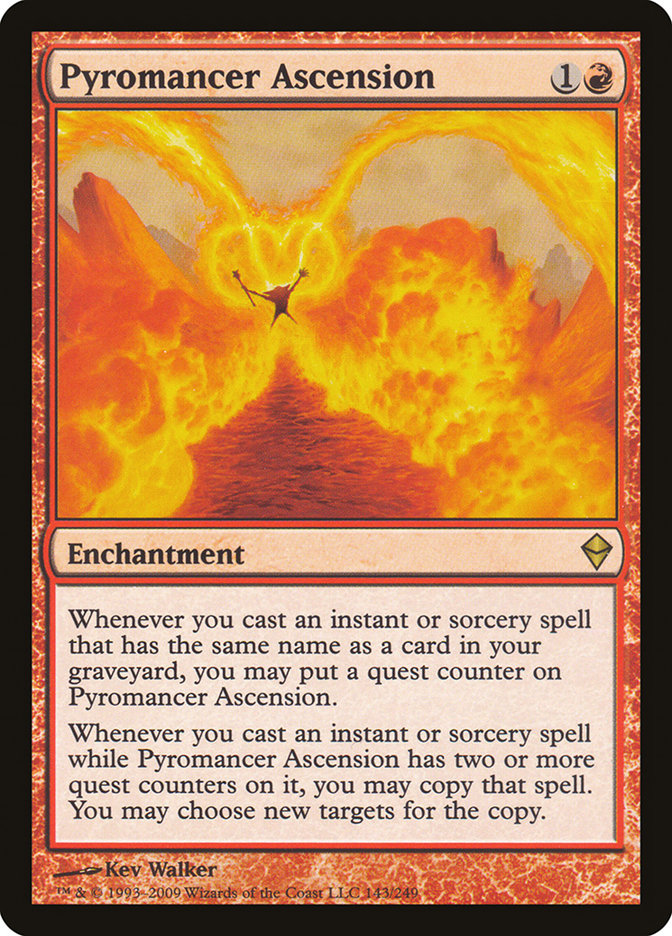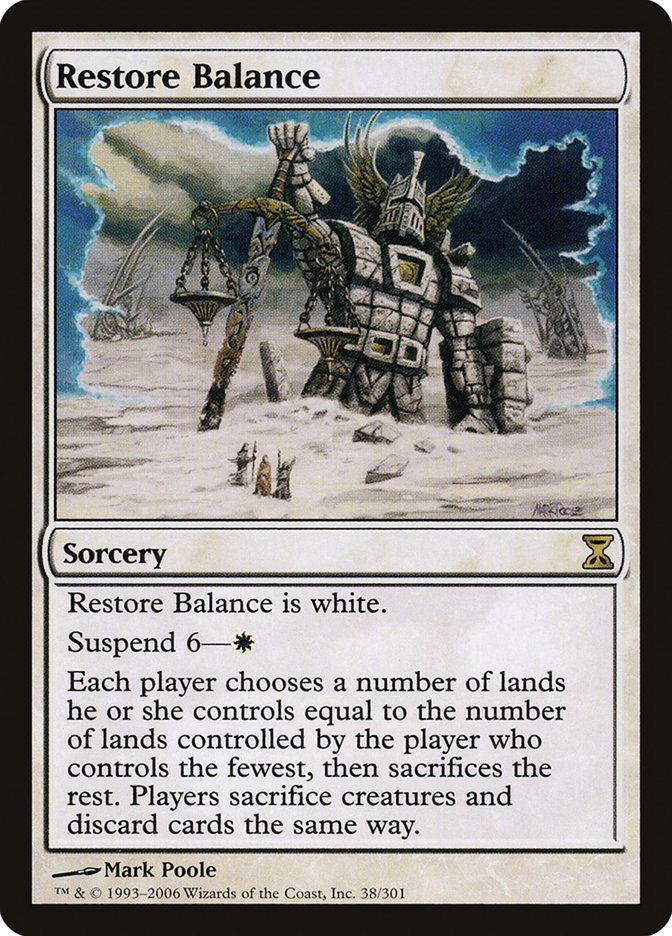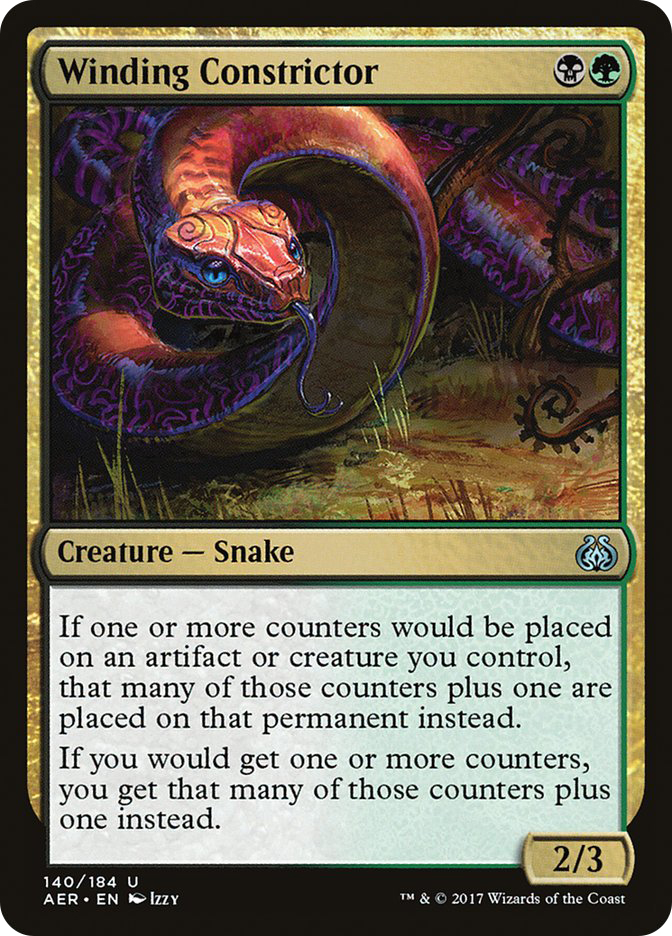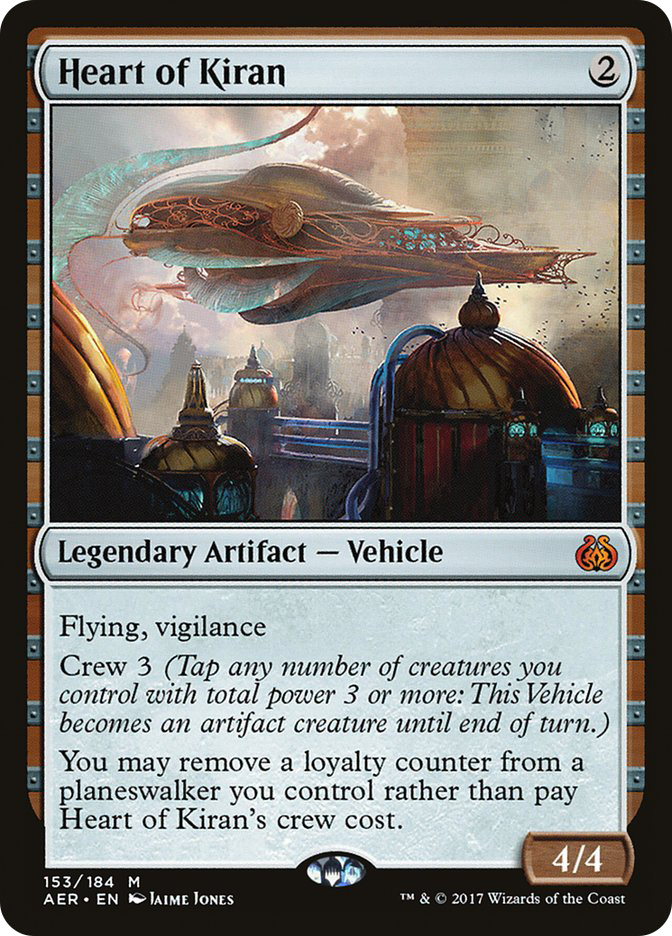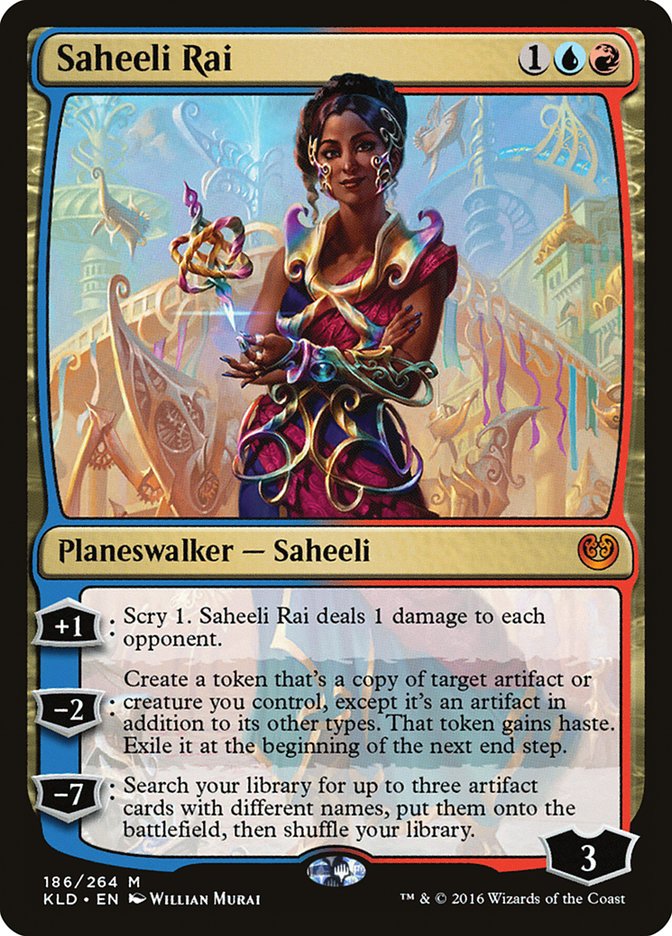[Welcome to another round of Fact or Fiction! Gerry Thompson and Matthias Hunt have answered five pressing questions heading into this weekend’s SCG Tour stop in Indianapolis. Read their responses and vote for the winner at the end!]
1. You would play Death’s Shadow at #SCGINDY this weekend.
Gerry Thompson: Fact. As it turns out, I just booked a flight to #SCGINDY so I could do just that! Right now, there is no better deck in Modern.
It’s a Jund deck with a fast clock unlike any we’ve ever seen. It also rarely floods out and has a pile of disruption and removal.
You can tune your deck to be a little better against it, but some of those things will rarely matter in the face of so much disruption. What really needs to happen is for the format to shift dramatically, which I doubt will happen in just one week.
Matthias Hunt: Fact. Death’s Shadow had an absolute monster weekend. It placed three copies in the Top 4 of GP Vancouver and won Matt Nass a trophy in one of the most dominant SCG Tour performances we have seen in a long time. Certainly no one thought the banning of Gitaxian Probe would strengthen Death’s Shadow, but that is exactly what has happened.
Right now Modern is a slugfest between late-game decks with each strategy trying to one-up its opponent by playing expensive creatures, planeswalkers, and spells. Rudy Briksza placed tenth at SCG Baltimore with four maindeck Cryptic Commands. That’s insane. Death’s Shadow and Temur Battle Rage can punish this sort of nonsense while still being able to compete against control players who try to overload on removal. This is thanks to a sideboard full of cards like Lingering Souls and Ranger of Eos.
Will Death’s Shadow stay at the top? It’s hard to say in the long run. Once players learn how to adapt their strategies to this new threat, Death’s Shadow might fall from the top tier. Unlike previous versions of Death’s Shadow, this iteration has multiple plans of attack. If there is a clean way to counter all these threats, I just don’t think we’ll see it in one week’s time.
2. Nothing in Modern should be banned during the next B&R announcement.
Gerry Thompson: Fact. Nothing “should” be banned, as the format seems healthy right now. However, there are several cards lurking around that could easily get the axe and I wouldn’t be upset.
The clock is ticking on Mox Opal and Simian Spirit Guide, as those are cards that shouldn’t exist in Modern.
Matthias Hunt: Fact. When we look at the cards that Wizards has banned in Modern, they generally fall into one of three categories. The first is that an individual card is just too good, no matter where it’s played (Skullclamp). The second is that a deck or strategy is just too dominant, and they ban a card to bring it down a level (Birthing Pod). The rest of bannings have to do with quality of life. If a certain deck is making games miserable a high enough percentage of the time, then Wizards may just ban the deck out of the format (Second Sunrise). None of these criteria is being met.
If Skullclamp were legal, you would be seeing it in a million different decks. We’d have Skullclamp Affinity, Skullclamp Pyromancer, and even Skullclamp Elves. Much like Skullclamp, we’d see this ban-worthy card in all sorts of decks in the Top 8. The card that comes closest to being an auto-include in Modern is Lightning Bolt. If your deck has Mountains, it probably has Lightning Bolt, or at least it should. At its most broken, Lightning Bolt deals three damage.
If you played Birthing Pod, Splinter Twin, or Bloodbraid Jund at the time when that deck was the king of Modern, you might remember feeling like your deck did not have any bad matchups. If you felt that way, it was because you were mostly correct. There may be a deck that is this good in Modern, but if that is the case, we certainly do not know which one it is yet. The 24 players to make Day 2 of SCG Baltimore registered fourteen different decks, and no deck was more than 20% of the metagame. Once a pro started playing Birthing Pod, it was incorrect for them to stop. The result was that by the time it was banned, nearly all the pros were playing Pod. If I asked five pros what the best deck in Modern is today, I might get five different answers.
Wizards has recently shown that they are willing to ban cards that harm gameplay with the banning of Summer Bloom. This is a good thing. There are a lot of obnoxious cards and strategies in Modern, and when people call for bannings, this is usually why. Slippery Bogle, Urza’s Tower, Blood Moon, Mox Opal, Primeval Titan, and Ensnaring Bridge are all frustrating in their own special ways. Of this type of card, I think Simian Spirit Guide is most likely to get banned this time. However, R&D has shown restraint in banning these cards until they put up consistent high-level results. The top decks from last weekend showed that interaction is a stronger strategy in Modern right now than racing toward turn 3 kills.
3. The Sunday PTQs at GPs are a sign the older PTQ system should be revisited.
Gerry Thompson: Fact. Initially, I was concerned with the logistics of running an old-school PTQ on Sunday of GPs. What time would a 10 round PTQ finish anyway? That’s one of the big reasons why the old PTQ system was dismantled and why PTQs weren’t being run on Sundays of GPs.
Wizards of the Coast seems to have solved that issue by introducing a cap and playing within pods until the Top 8 cut, and that’s a formula that was never tried under the old system.
Most people seem unhappy about the PPTQ system, so maybe it is time to reconsider.
Matthias Hunt: Fiction. It was a great decision to bring back Sunday PTQs, and we should give WotC the credit they deserve for it. For players who go to GPs every weekend, the Pro Tour is the only prize that matters. By replacing the Sunday Super Series with a PTQ, these players will get more chances at the Pro Tour even as they are passing up PPTQs to play in GPs, which are still the best way to qualify.
Under the old PTQ system, a shot at the Pro Tour nearly always involved a plane flight or an overnight stay, and that leaves too many people out of the game. Unless you lived in a very central location, most of your PTQs were over four hours away. This meant that you were waking up at 4 AM to hit the road, or you were taking the whole weekend off and booking a hotel. The RPTQ system still asks players to do this, but only four weekends a year, and that’s something more players can commit to.
People who want to travel can now go to the GPs, and players who can’t or don’t want to travel can stay home and play in PPTQs. Pro players have been disappointed in the PPTQ-RPTQ system because it was not designed for them in the first place. By having many paths to the Pro Tour, each player can choose the path that best fits them.
4. There’s a definitive best combo deck in Modern right now.
Gerry Thompson: Fiction. Most things are viable at the moment, and combo isn’t exactly crushing it. Instead, we’re seeing a resurgence of big mana decks like Eldrazi Tron, Amulet, and Scapeshift, thanks to the absence of Infect.
Of course, Death’s Shadow is going to put those decks out of business soon, as it’s basically a better Infect deck. That doesn’t bode well for combo in general either, since Death’s Shadow is quite good against combo.
Decks like Puresteel Paladin, Goryo’s Vengeance, and Storm are all solid, but they each have their pros and cons, so no deck is necessarily a better choice than another.
Matthias Hunt: Fiction. I wish that were the case, because then I wouldn’t have told you to play Death’s Shadow in Indianapolis. In a format where combo is the best strategy, the correct play is frequently to go full-speed ahead with the best combo deck. Take Pro Tour Philadelphia: Blazing Shoal Infect was the best combo deck, and the players who played it all had great records. However, in a format where fair strategies are strongest, you have to be very reactive when you choose a combo deck to play. Since Abzan, Grixis, and Jund are seeing a lot of play right now, it’s not surprising that the best combo decks right now are the ones that use big-mana strategies. G/B Tron, Eldrazi Tron, and Valakut are all good choices right now because they are strong against Thoughtseize and great in topdeck wars. In a similar vein, Burn is pretty good right now because, without any fast combo decks, Burn has time to win most of its races.
Is there a best combo deck? I think, in a vacuum, the best combo deck is Affinity and has been for a while. It’s among the fastest and most consistent combo decks, but due to cards like Lingering Souls, Ancient Grudge, Kolaghan’s Command, and Stony Silence being everywhere, I can’t say I’d recommend it right now.
5. Even with a few different top decks, one individual card is warping the Standard format.
Gerry Thompson: Fact. Without the Saheeli Rai combo in Standard, we’d be seeing all sorts of weird combo decks show up like Paradox Engine and Paradoxical Outcome. Instead, we have a format that is incredibly hostile toward combo and a combo that is much better against other combo decks.
If the combo didn’t exist, we’d have more churn in Standard, as combo decks could pop up and dominate on weeks where people were sleeping on their combo hate and focusing on beating the midrange and aggressive decks.
Instead, we have…this. Which isn’t great.
Saheeli isn’t dominating the format, but it is skewing it away from being as fun as it could have been.
Matthias Hunt: Fact. One of the truths of Standard is that there is often something warping it due to the limited card pool. Thragtusk, Mutavault, and Jace (you know the one) all influenced how the other decks in their formats had to be built. Standard right now is no different; the card that is doing the warping is Fatal Push.
Fatal Push is one of the most powerful removal spells that has ever been printed. The team of Sam Pardee, Ben Stark, and Matt Nass all played Fatal Push between their Legacy, Modern, and Standard decks at SCG Baltimore. When a card this good is in Standard, naturally it has an impact on other decks.
In green-based strategies, value creatures are on the rise. Cards like Tireless Tracker, Walking Ballista, and Scrapheap Scrounger don’t care too much if a removal spell comes their way. The same is true of just about every creature in Four-Color Saheeli. If your creature comes back from the graveyard or draws you a card on the way there, it is not so bad when your opponent kills it.
Perhaps more significant is the movement away from any sort of four-mana threat like Mindwrack Demon. The potential to have your four-drop killed by a one-mana answer is just not worth the risk, even if there is card advantage attached to it. The creature curve of Standard decks goes from one to five, playing value threes and skipping the number four entirely, and we should expect that warping effect to stay in place while Fatal Push is legal.





